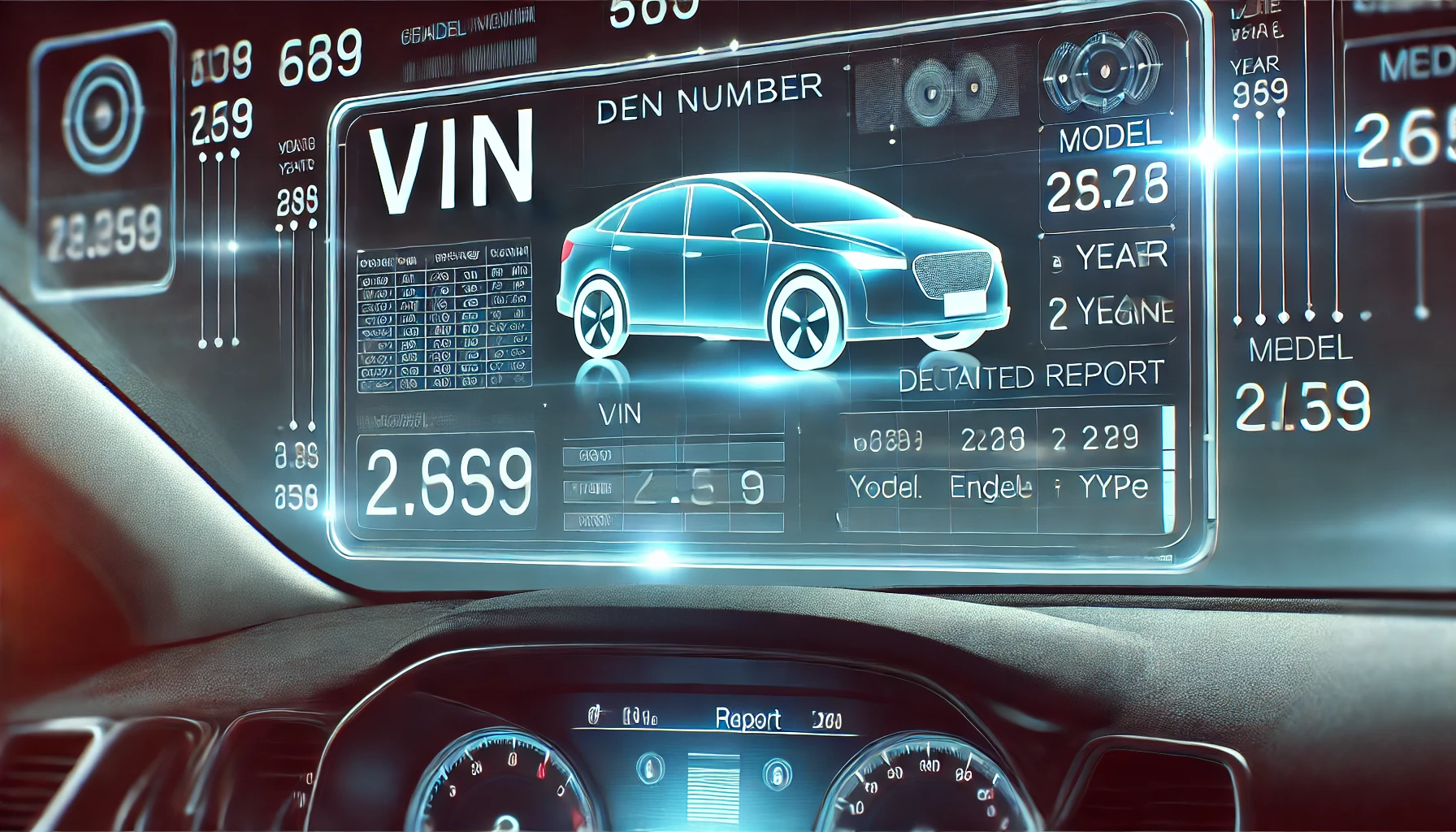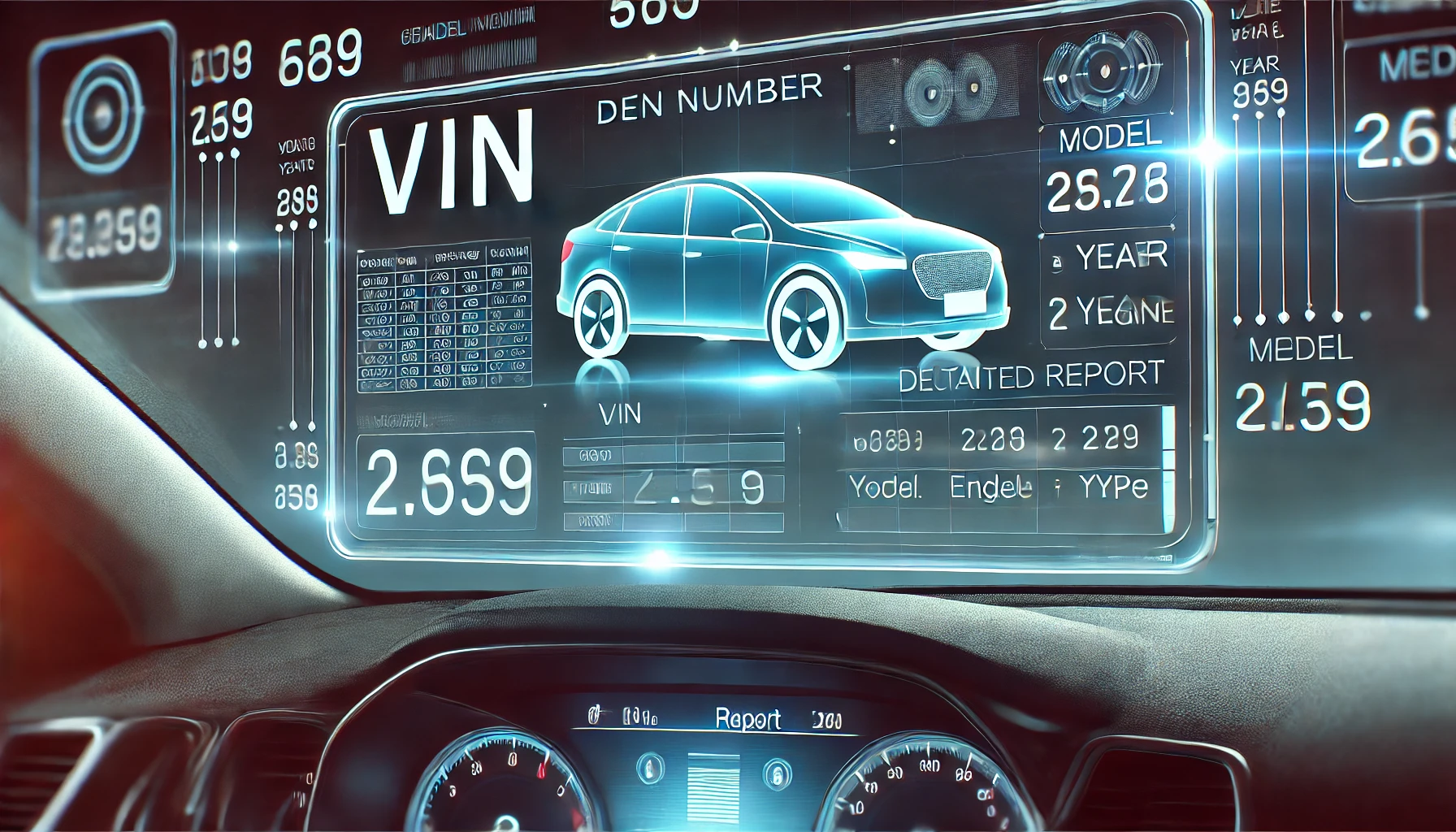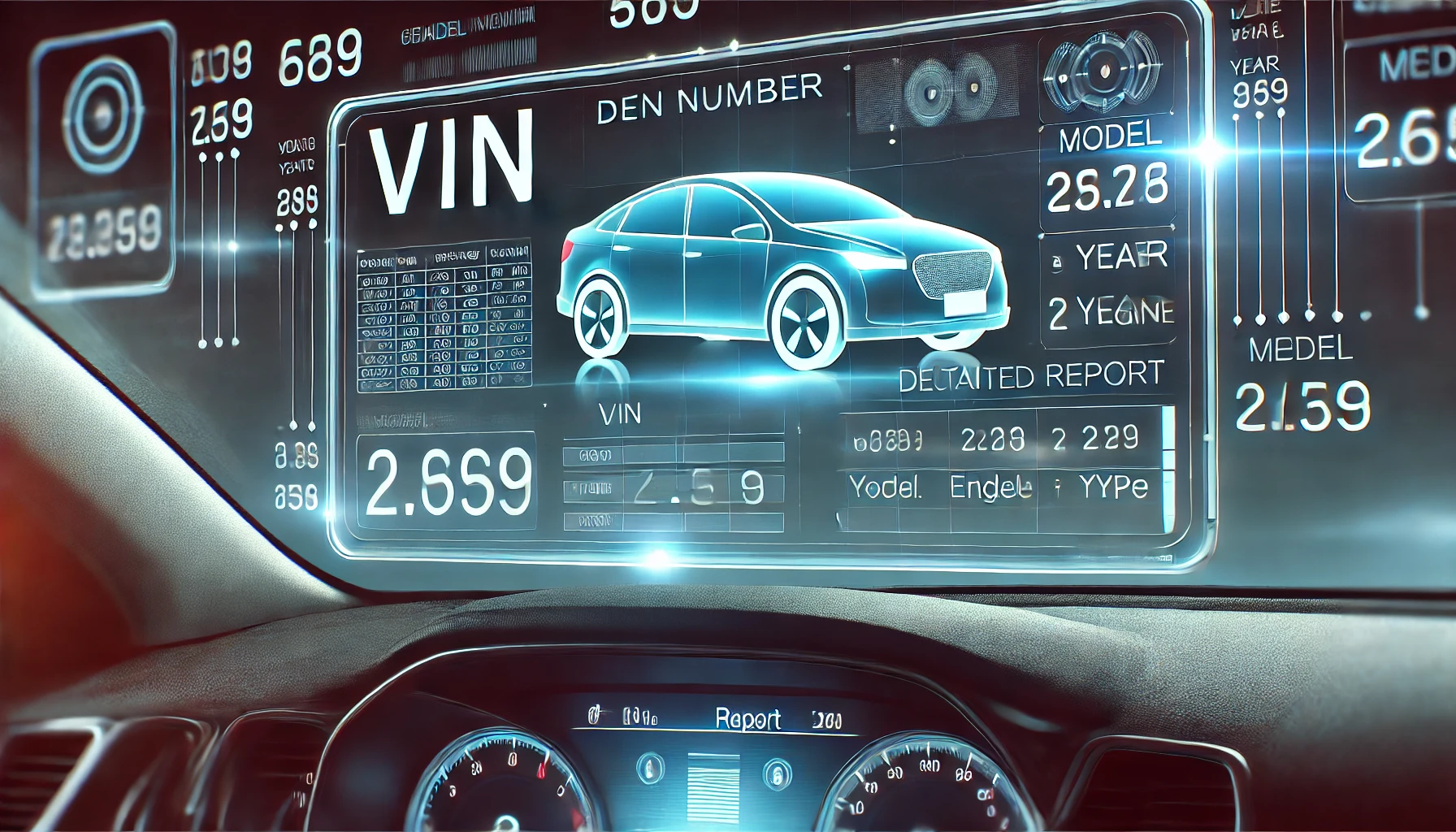
Understanding Vehicle History: The Importance of a VIN Decoder

When you’re in the market for a new or used car, you’re probably bombarded with tons of information about models, specifications, and pricing. But one of the most important pieces of information you might overlook is the Vehicle Identification Number (VIN). The VIN is a unique code assigned to every motor vehicle when it’s manufactured, and it holds critical details about the vehicle’s make, model, engine type, place of manufacture, and more. Decoding your VIN is an essential step for any car owner, whether you’re buying a used car, selling a vehicle, or simply looking to understand more about your current ride.
In this article, we’ll explain the significance of the VIN and why using a VIN decoder can give you a clearer picture of your vehicle’s history, specifications, and even potential issues.
What is a VIN?
A Vehicle Identification Number (VIN) is a 17-character string of numbers and letters that acts as a fingerprint for a car, truck, or motorcycle. Every vehicle manufactured after 1981 has a standardized 17-character VIN, which is used to track the vehicle throughout its life. The VIN provides a wealth of information about the vehicle, including:
- Manufacturer: Where and by whom the vehicle was made
- Model Year: The year the vehicle was designed for (not necessarily the year it was made)
- Make and Model: The brand and specific vehicle model
- Engine Type: The engine's size, type, and fuel system
- Country of Origin: Where the vehicle was built
- Production Number: A unique identifier to differentiate individual vehicles
Understanding these details can be a game-changer when researching your car’s history, confirming its legitimacy, or even verifying whether it's been in any accidents.
Why Should You Decode Your VIN?
There are several reasons why you might want to decode your vehicle’s VIN. Let’s take a look at some of the most important ones:
1. Check Vehicle History
One of the most common reasons to decode a VIN is to get access to a vehicle’s history. By simply entering your VIN into an online VIN decoder tool, you can receive valuable information such as:
- Previous accidents
- Ownership history
- Odometer readings
- Service records
- Flood or fire damage
Knowing your vehicle’s history can help you avoid potential hidden issues when buying or selling a used car.
2. Verify Car Specifications
When shopping for a used car, the dealer or seller might not always provide accurate details about the car. A VIN decoder can help verify:
- Engine type
- Transmission details
- Vehicle weight
- Paint color
This ensures you’re getting the exact model and features you’re looking for and helps avoid any surprises.
3. Avoid Vehicle Fraud
VIN decoding can help protect you from fraud. Stolen vehicles often have their VINs altered or switched, so using a VIN decoder can quickly help you spot discrepancies. If the VIN doesn’t match the car’s details or the car’s history raises red flags, you may want to think twice before completing the transaction.
4. Check for Recalls
Vehicle manufacturers are required by law to recall vehicles if there’s a safety issue or defect. By decoding your VIN, you can determine if your car is part of any active recalls and take necessary action before it’s too late. Regularly checking your VIN for recall notices can help keep you and your passengers safe.
How Does a VIN Decoder Work?
A VIN decoder is a tool that interprets the information embedded within the VIN and provides it in a more understandable format. The 17-character VIN code is made up of several sections, each containing specific data about the vehicle:
-
World Manufacturer Identifier (WMI) – The first three characters represent the manufacturer of the vehicle. For example, “1HG” is used for Honda, while “WA1” is used for Audi.
-
Vehicle Descriptor Section (VDS) – Characters 4-9 describe the vehicle’s make, model, body type, engine type, and other attributes. This section is where the key specifications of the vehicle can be found.
-
Vehicle Identifier Section (VIS) – Characters 10-17 provide information about the vehicle’s model year, assembly plant, and a unique serial number. This section can help identify the car’s specific production details.
For example, if you have a VIN like 1HGCM82633A123456, a VIN decoder will break it down as follows:
- 1HG: Honda (WMI)
- C: Sedan (Body Style)
- M: Model (Civic)
- 8: Engine type (1.7L)
- 2: Restraint system type (Airbags)
- 6: Check digit (used to verify validity)
- 3: Model year (2003)
- A: Assembly plant (Marysville, Ohio)
- 123456: Unique serial number
Each part of the VIN gives a piece of the puzzle, allowing you to understand exactly what you're dealing with.
Benefits of Using a VIN Decoder Website
Using an online VIN decoder comes with several advantages:
1. Convenience
With the power of the internet, you can access a VIN decoder from anywhere at any time. No need for physical paperwork or going to a dealership. Simply enter your VIN, and the decoder does the rest.
2. Accuracy
VIN decoders rely on vast databases of automotive information to provide accurate and up-to-date details. They can give you a comprehensive report on a vehicle’s history and specifications in seconds.
3. Cost-Effective
Many VIN decoder websites offer free or low-cost services. For a small fee, you can access detailed vehicle reports that would otherwise require you to pay for a full history check.
4. Peace of Mind
When buying or selling a car, knowing its full history can give you peace of mind. If you’re a buyer, you can ensure the car you’re considering is as advertised, while sellers can use VIN reports to establish trustworthiness and credibility.
How to Use a VIN Decoder Website
Using a VIN decoder is straightforward. Here’s how you can do it in just a few simple steps:
-
Find Your VIN: Your car’s VIN can be found in several locations, such as on the dashboard near the windshield, on the driver’s side door frame, or on the engine block. If you’re buying a vehicle, the seller should provide the VIN upon request.
-
Enter the VIN: Go to a reputable VIN decoder website, such as [Your VIN Decoder Website], and enter the 17-character VIN into the search box.
-
Review the Results: Once the decoder processes the VIN, it will provide a detailed report on the vehicle, including its specifications, history, and potential issues.
-
Take Action: Use the decoded information to make informed decisions about buying, selling, or maintaining your vehicle.
Conclusion
A VIN decoder is an indispensable tool for car buyers, sellers, and owners alike. It provides essential insights into a vehicle’s history, specifications, and overall condition. Whether you’re verifying the details of a used car, checking for potential recalls, or making sure your vehicle’s VIN is legitimate, decoding your VIN can help you make informed decisions that save you time, money, and frustration.

